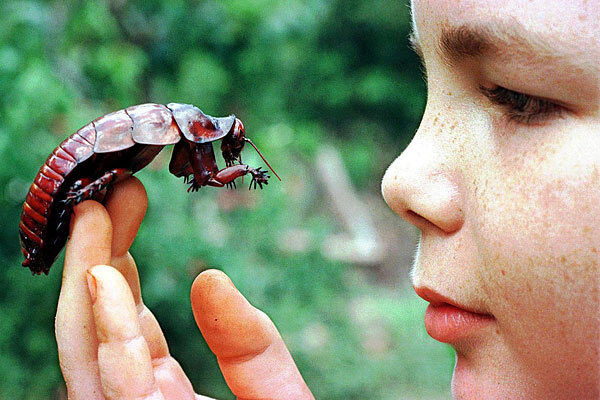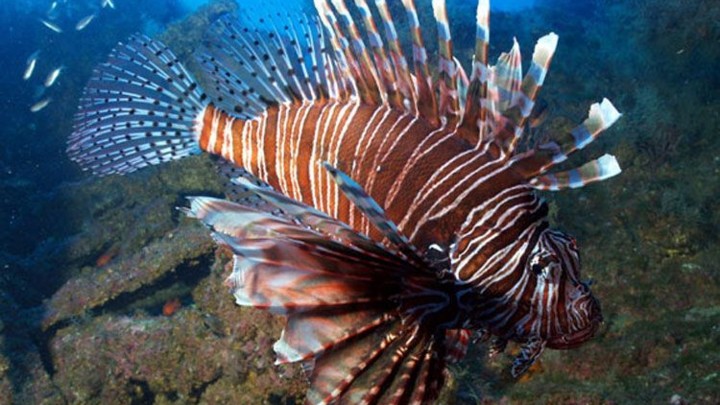The Daintree is a wonderland of biodiversity. A small piece of the planet that contains species that you won’t find anywhere else. Join the Daintree rainforest tours to experience what the world heritage gem has to offer people of all ages from all walks of life.
Here are five awesome things that await you in the oldest rainforest in Australia:
Cassowaries
 |
| Photo by: www.kurandaconservation.org |
These flightless birds are attention grabbers when it comes to animals in the Daintree. They are the second heaviest birds next to the ostrich and can grow taller than five feet. Cassowaries are the resident gardeners of the rainforest. They distribute the seeds they eat through their excrement. These beautiful but dangerous creatures when provoked, are an endangered species.
Ancient fauna and flora
 |
| Photo by: |
Scientists believe the rainforest has been there since the time of the dinosaurs. Some of the species and fruits from that time period can still be spotted today. An example would be the Idiot fruit, something that can be considered as the ancient forest’s relic.
Daintree Discovery Centre
Travelling with the kids can be challenging sometimes especially if the destination is in the wilderness. Luckily, Daintree Discovery Centre exists. DDC is an eco-park that lets visitors experience part of the rainforest with boundaries. The park has aerial walkways that allow guests to take in a view of the scenery from a different perspective. Children are provided with audio tour devices that will keep them busy throughout the walk.
Four-wheel drive SUV
 |
| Photo by: |
Visiting the world’s oldest rainforest gives you the chance to hire a 4WD vehicle. Tourists will expect a lot of dirt roads, bumpy roads and National Geographic scenery. These vehicles are made for surviving the tough dirt roads while exploring the rainforest.
Exercise
 |
| Photo by: |
The visit will demand a lot of walking, trekking, and exploring. Touring the Daintree is a way to burn calories. The great part is that the ancient rainforest is the ‘gym’ for this workout. What better way burning calories as you explore the biodiversity of the Daintree.
Getting closer to nature is getting closer to Earth’s origins. Visiting the Daintree, for some, is a once in a lifetime experience. Give one of these activities a try when you come and visit the Daintree.
photo credit: Daintree Rainforest via photopin (license)





















